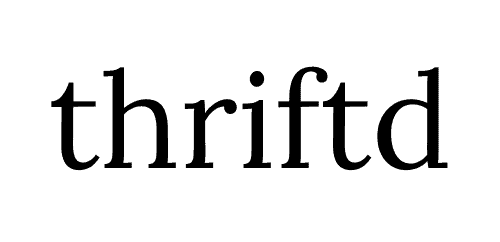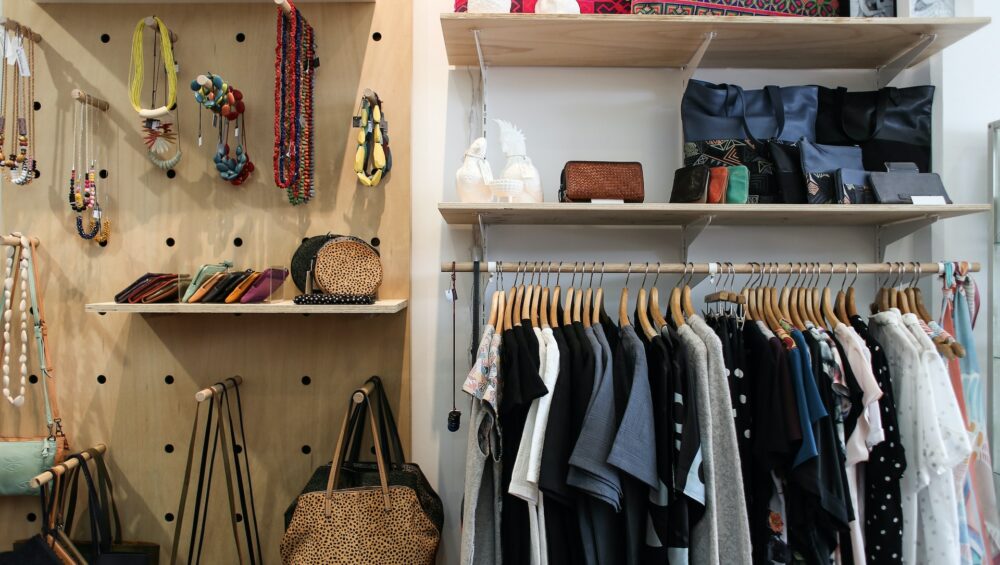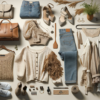In today’s fast-paced world, second hand clothes have gained immense popularity due to their affordability, sustainability, and unique style. If you’re looking to revamp your wardrobe or make some extra cash by selling pre-loved items, you’ve come to the right place. This comprehensive guide will explore the best online platforms in Australia for buying and selling second hand clothes. From trendy fashion pieces to high-quality brands, we’ll cover it all.
When it comes to buying second hand clothes, Australia offers a plethora of options to suit different tastes and budgets. Whether you prefer the charm of thrift stores or the convenience of online shopping, there’s something for everyone.
Exploring Thrift Stores: A Treasure Trove of Second Hand Fashion
Thrift stores, also known as op shops or second hand stores, are a haven for fashion enthusiasts seeking unique and affordable clothing options. These stores are a key component of the sustainable fashion movement, offering a wide range of pre-loved items that are waiting to be discovered. Whether you’re a thrifty shopper, a vintage lover, or someone who appreciates the thrill of finding hidden gems, thrift stores are the perfect destination for your fashion adventures.
4 Benefits of Shopping at Thrift Stores
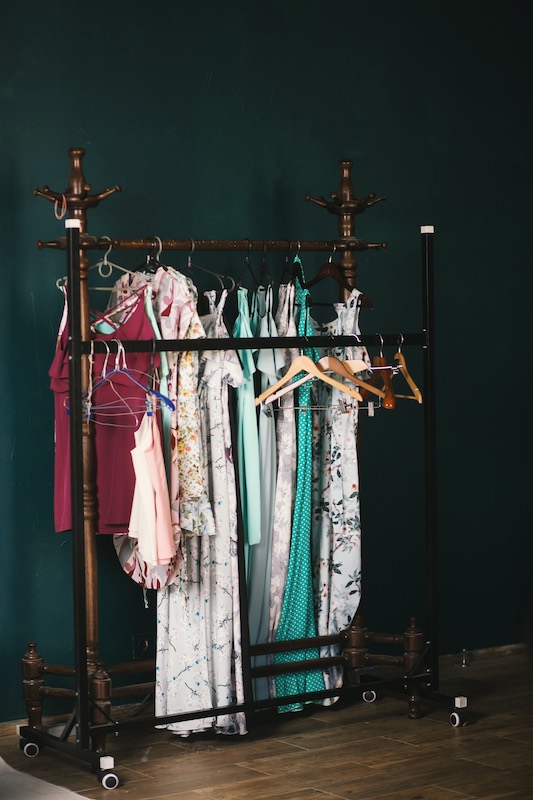
- Affordability: One of the major advantages of thrift stores is their affordability. You can find high-quality clothing at significantly lower prices compared to buying brand new items. With a bit of patience and a keen eye, you can score incredible deals and build a stylish wardrobe without breaking the bank
- Unique Styles: Thrift stores are a treasure trove of unique styles and one-of-a-kind pieces. Unlike mass-produced fast fashion, thrift stores offer a diverse range of clothing from different eras, allowing you to express your individuality and stand out from the crowd. Whether you’re searching for a vintage dress, a retro jacket, or a statement accessory, thrift stores are sure to surprise and inspire you
- Environmental Impact: By shopping at thrift stores, you’re making a positive impact on the environment. The fashion industry is known for its significant contribution to pollution and waste. By giving pre-loved items a second life, you’re reducing the demand for new production and minimising the environmental footprint associated with clothing manufacturing
- Supporting Charitable Causes: Many thrift stores operate as charitable organizations, with the proceeds from sales supporting various causes. By shopping at these stores, you’re contributing to the betterment of your community. Your purchases help fund programs such as education, healthcare, and social services, making a meaningful difference in the lives of others.
5 Tips for Thrift Store Shopping Success
- Keep an Open Mind: Thrift store shopping requires a sense of adventure and an open mind. Be willing to explore different sections, try on different sizes, and experiment with styles you wouldn’t typically consider. You never know what hidden gems you might find.
- Take Your Time: Thrift store shopping is not a race. Set aside ample time to browse through racks, shelves, and displays. The best finds often require a bit of digging, so be patient and enjoy the process.
- Check for Quality: While thrift store items are pre-loved, it’s still important to assess their quality. Inspect garments for any damage, stains, or signs of wear and tear. Look for well-constructed pieces that will withstand regular use and last longer in your wardrobe.
- Try Everything On: Sizes can vary between brands and eras, so it’s crucial to try items on before making a purchase. Don’t be discouraged if something doesn’t fit perfectly off the hanger. Tailoring or minor alterations can often transform a piece into a perfect fit.
- Visit Regularly: Thrift stores receive new inventory regularly, so make it a habit to visit them frequently. By doing so, you increase your chances of finding unique items and catching the latest arrivals before anyone else.
Shopping at thrift stores is not only a budget-friendly and sustainable choice but also an opportunity to embark on a fashion journey filled with surprises, nostalgia, and personal style exploration. So, grab a friend, head to your local thrift store, and let the adventure begin!
Online Thrift Stores: Your Key to Convenience
For those seeking a more convenient shopping experience, online thrift stores are the way to go. These platforms bring a vast selection of second hand clothes right to your fingertips. With user-friendly interfaces, comprehensive search options, and secure payment systems, online thrift stores offer a seamless shopping experience. They often provide detailed product descriptions, including size, condition, and brand information, enabling you to make informed choices.
Discovering Hidden Treasures on Online Marketplaces
In addition to dedicated thrift stores, an online thrift store such as Thriftd.com.au have emerged as popular destinations for buying second hand clothes. These platforms connect buyers and sellers from all over Australia, creating a vibrant marketplace for pre-loved fashion. With a wide range of items available, from everyday clothing to luxury brands, online marketplaces offer unparalleled variety. They provide the opportunity to score great deals and access an extensive network of sellers.
Why Choose Second Hand Clothes?
Thrift stores have long been a treasure trove for fashion enthusiasts seeking unique pieces at bargain prices. These physical stores offer a hands-on experience, allowing you to browse through racks of pre-loved items and discover hidden gems. They provide an opportunity to embrace sustainable fashion while supporting local communities.
Embracing Sustainable Fashion: 3 Benefits of Second Hand Clothes
- Reducing Fashion Waste: By opting for second hand clothes, you contribute to reducing the staggering amount of fashion waste that ends up in landfills.
- Accessing Unique Styles: One of the most exciting aspects of second hand clothes is the opportunity to discover unique styles that aren’t readily available in mainstream stores.
- Supporting Local Sellers: When you buy second hand clothes from local sellers, you directly support your community and contribute to the local economy.
4 Tips for Finding Quality Second Hand Clothes
- Assessing the Condition: When buying second hand clothes, it’s crucial to assess their condition to ensure you’re getting a quality item.
- Researching Brands and Designers: To make informed choices, it’s important to research the brands and designers behind the second hand clothes you’re interested in.
- Checking Size and Fit: Finding the right size and fit is essential when purchasing second hand clothes online.
- Reading Customer Reviews: Customer reviews can provide valuable insights into the quality and condition of second hand clothes.
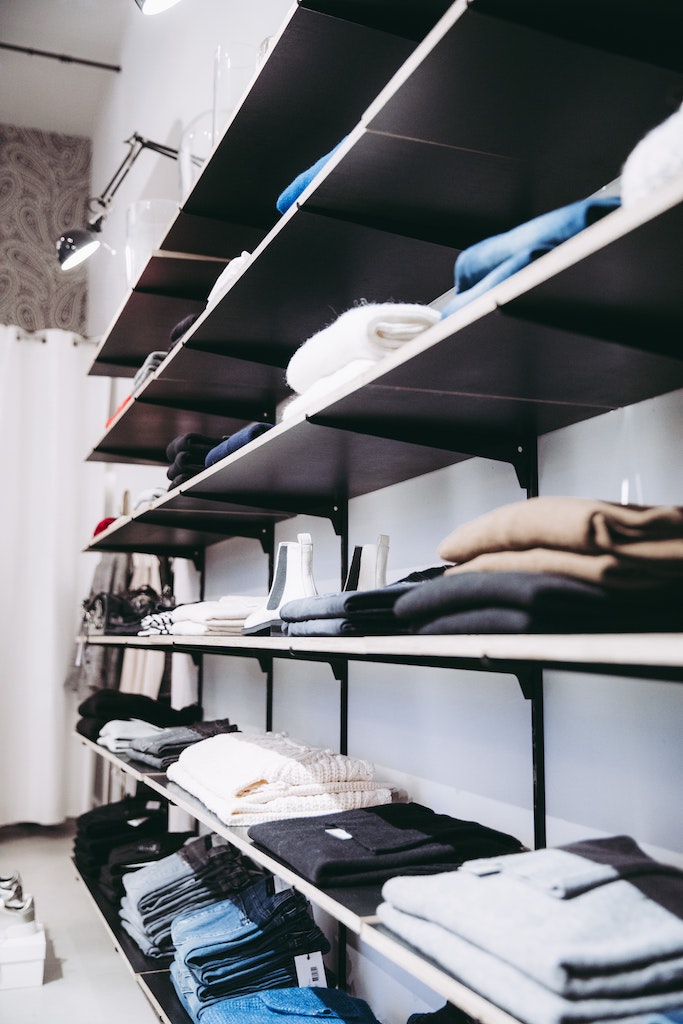
Embracing Sustainable Fashion: The Benefits of Second Hand Clothes
In recent years, there has been a significant shift towards sustainable fashion, with consumers increasingly recognising the importance of reducing their environmental impact and embracing more ethical shopping practices. Second hand clothes have emerged as a popular choice for those looking to align their fashion choices with sustainability. In this section, we will explore the various benefits of choosing second hand clothes, including reducing fashion waste, accessing unique styles, and supporting local sellers.
Reducing Fashion Waste
One of the most significant advantages of buying second hand clothes is the positive impact it has on reducing fashion waste. The fashion industry is notorious for its high levels of waste and pollution, with vast amounts of clothing ending up in landfills every year. By opting for second hand clothes, you are actively participating in the circular economy, extending the lifespan of garments and diverting them from becoming waste.
When you purchase second hand clothes, you contribute to the concept of “closing the loop.” Instead of perpetuating the cycle of production and disposal, you give clothes a second chance at being loved and utilised. By doing so, you help conserve valuable resources such as water, energy, and raw materials that are otherwise used in the production of brand new garments. Additionally, buying second hand reduces the demand for fast fashion, which is known for its detrimental environmental and social impact.
Accessing Unique Styles
Another compelling reason to embrace second hand clothes is the opportunity to access unique styles that are often unavailable in conventional retail stores. Thrift stores, online platforms, and vintage boutiques offer an extensive range of one-of-a-kind pieces that reflect different eras, trends, and individuality. Whether you’re searching for a vintage dress from the 1960s, a retro band t-shirt, or a statement jacket with a touch of nostalgia, second hand clothing opens up a world of sartorial possibilities.
By incorporating second hand pieces into your wardrobe, you can curate a personal style that stands out from the crowd. The thrill of discovering hidden gems and unexpected treasures adds a sense of excitement and adventure to your shopping experience. Embracing second hand fashion allows you to express your creativity and develop a unique sense of style that transcends the mass-produced offerings of fast fashion brands.

Supporting Local Sellers
Choosing to buy second hand clothes also provides an opportunity to support local sellers and small businesses. Thrift stores, consignment shops, and online marketplaces often feature items sold by individuals within your community. When you make a purchase from these sources, you contribute directly to the livelihood of local sellers, creating a positive economic impact.
Many local sellers rely on second hand clothing sales as their primary source of income. By supporting them, you help foster a sense of community and enable individuals to sustain their businesses. Furthermore, purchasing second hand clothes from local sellers often means a more personalised shopping experience, as they can provide insights into the history and unique qualities of the items they sell.
In addition to supporting local sellers, buying second hand clothes also encourages a more sustainable and conscious consumer culture. It promotes the idea of valuing pre-loved items and appreciating the stories they carry, rather than perpetuating a constant cycle of consumption and disposal. By shifting our mindset towards second hand clothes, we contribute to a more responsible and mindful approach to fashion.
Buying and selling second hand clothes online in Australia offers an array of benefits, from affordability and sustainability to access to unique styles and supporting local sellers. By following our guide, you’ll be equipped with the knowledge and resources to make informed decisions when it comes to second hand fashion. Embrace the thrill of the hunt, discover hidden treasures, and contribute to a more sustainable and stylish future. Let the world of second hand clothes open up a world of possibilities for your wardrobe and your wallet.
Second Hand Clothing Frequently Asked Questions (FAQs)
Is it Acceptable to Wear Second Hand Clothes?
Absolutely! Wearing second hand clothes is not only acceptable but also a fashionable and sustainable choice. Second hand clothes offer unique styles, high-quality items, and often at a fraction of the cost of new garments. Embracing second hand fashion allows you to express your individuality, contribute to reducing fashion waste, and support a more sustainable and ethical approach to shopping.
What Are Some Valuable Vintage Clothing Items?
Vintage clothing holds a special allure for fashion enthusiasts and collectors alike. Some valuable vintage clothing items include:
- Designer pieces: Vintage garments from renowned fashion houses such as Chanel, Dior, or Versace are highly sought after and can be significant investments.
- Iconic accessories: Vintage handbags, sunglasses, and jewelry from brands like Hermès, Cartier, or Gucci retain their value and can become coveted collector’s items.
- Retro band t-shirts: T-shirts featuring iconic bands or artists from past decades can hold sentimental value and become valuable due to their limited availability and nostalgic appeal.
- Vintage denim: Well-preserved vintage jeans, particularly from brands like Levi’s or Wrangler, with unique washes, distressing, or rare designs, can command high prices among denim enthusiasts.
- Luxury vintage dresses: Vintage evening gowns or cocktail dresses made from luxurious fabrics, with intricate detailing or by notable designers, can be highly valuable and sought after by collectors.
Remember that the value of vintage clothing depends on factors such as condition, rarity, designer or brand, and historical significance. It’s always a good idea to consult with experts or reputable vintage dealers to determine the value of specific items.
How Can I Find Affordable Vintage Clothing Online?
Finding affordable vintage clothing online is easier than ever, thanks to various platforms dedicated to second hand fashion. Here are some tips to help you discover affordable vintage clothing online:
- Online marketplaces: Platforms like eBay, Depop, or Etsy have extensive selections of vintage clothing from different sellers. Use specific search terms such as “affordable vintage clothing” or “vintage bargains” to narrow down your options.
- Thrift store websites: Many thrift stores and charity shops have embraced online selling, offering a wide range of affordable vintage clothing. Explore websites of popular thrift stores or search for local online thrift stores in your area.
- Social media platforms: Follow vintage clothing sellers and thrift stores on social media platforms like Instagram and Facebook. They often announce sales, discounts, or highlight affordable pieces in their inventory.
- Online vintage boutiques: Several online vintage boutiques specialise in curated collections of affordable vintage clothing. Search for these boutiques and subscribe to their newsletters or follow them on social media for updates on new arrivals and sales.
- Online vintage fairs or markets: Look for virtual vintage fairs or markets where multiple vintage sellers gather online to showcase their offerings. These events often feature a diverse range of price points, including affordable options.
Remember to exercise caution when shopping online, especially when it comes to assessing the condition and authenticity of vintage items. Check seller reviews, ask for additional photos or information, and ensure that the platform you’re using has secure payment options.
Where Can I Sell My Second Hand Designer Clothes?
If you’re looking to sell your second hand designer clothes, there are several options available to you. Here are a few popular platforms where you can sell your pre-owned designer garments:
- Online marketplaces: Platforms like eBay, Depop, or Poshmark allow you to create listings and sell your designer clothes directly to interested buyers. These platforms often have a wide reach and attract fashion-savvy customers.
- Consignment stores: Consignment stores specialise in selling pre-owned designer clothing on behalf of individuals. They typically handle the entire selling process for you, including pricing, marketing, and shipping. In return, they take a percentage of the sale price as a commission. Research local consignment stores in your area or explore online consignment platforms like The RealReal or Vestiaire Collective.
- Luxury resale websites: If you have high-end designer items, luxury resale websites like Rebag, Fashionphile, or Tradesy specialise in buying and selling luxury fashion. These platforms offer a streamlined selling process and provide authentication services to ensure the authenticity of your items.
- Social media platforms: Utilize social media platforms like Instagram or Facebook to sell your second hand designer clothes directly to your network or through dedicated fashion resale groups. Take high-quality photos, provide detailed descriptions, and engage with potential buyers in the comments or through direct messages.
- Local clothing swaps or flea markets: Consider participating in local clothing swaps or renting a booth at a flea market to sell your second hand designer clothes. These events provide an opportunity to interact with potential buyers directly and showcase your items in person.
Before selling your second hand designer clothes, make sure to prepare them for sale by cleaning and ironing them, as well as providing accurate descriptions and clear photos.
Research the market value of similar items to set a fair price, and consider offering additional information about the condition, original retail price, and any special features or history of the garment.
Selling second hand designer clothes not only allows you to declutter your wardrobe and earn some extra money, but it also gives your pre-loved pieces a chance to be appreciated by someone else who will cherish them.
